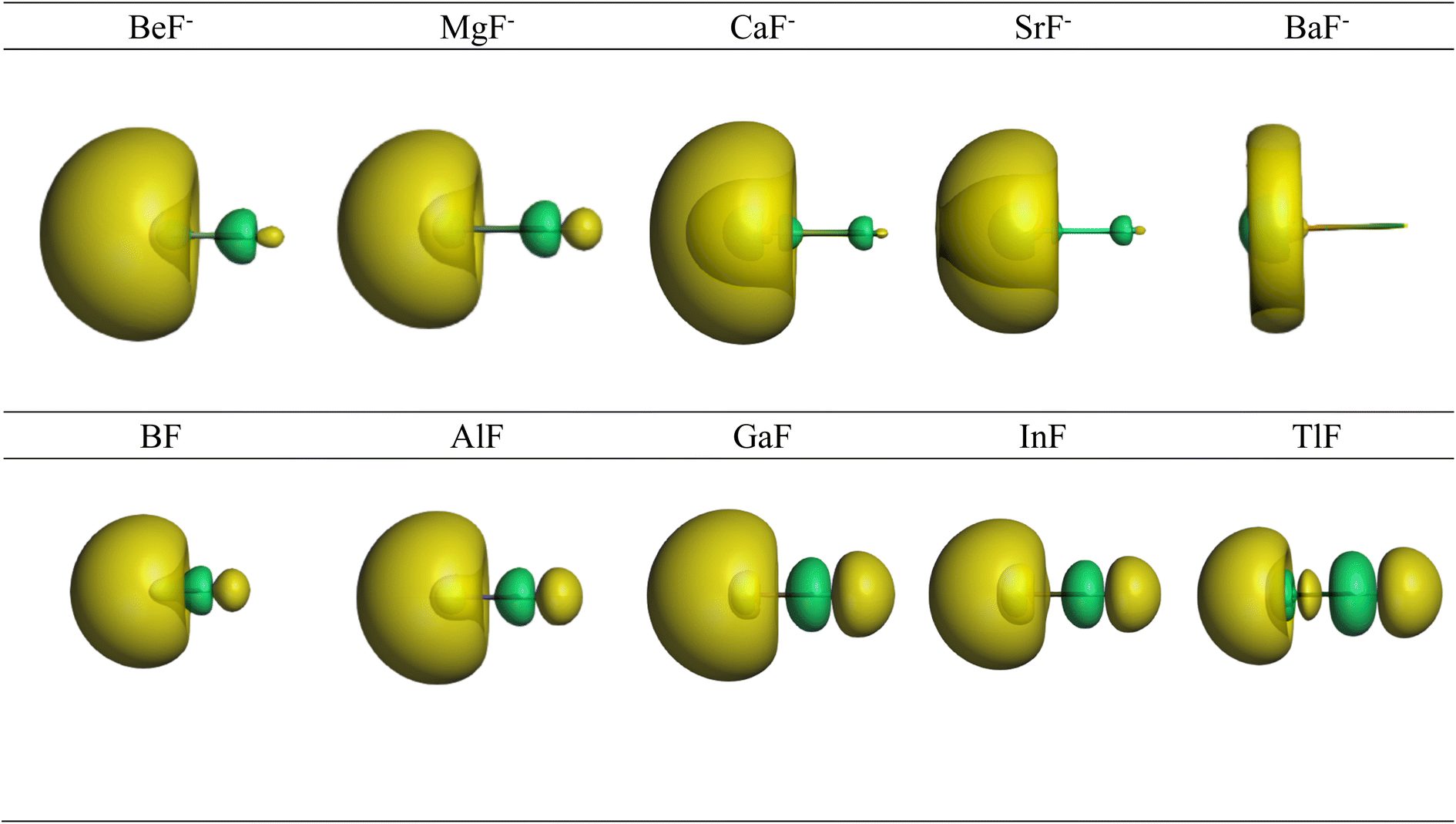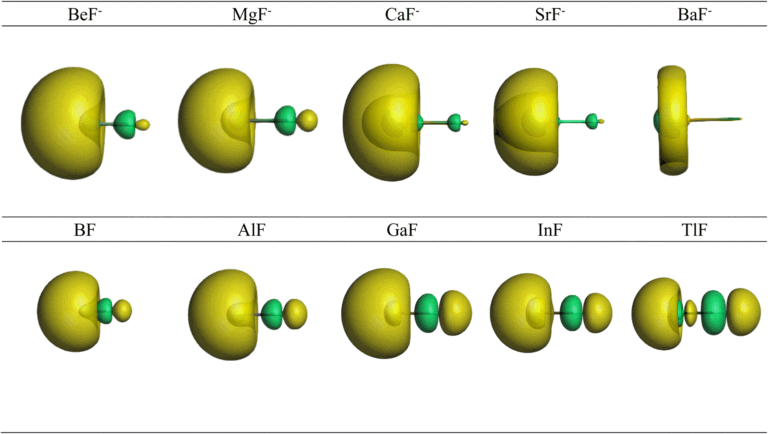Introduction
In the realm of chemical analysis and educational technology, precision and clarity are paramount. “Question Tech 9: Select the Alkene in the Yellow Box” is an exemplary task designed to test one’s understanding of organic chemistry, specifically alkenes. Alkenes are hydrocarbons containing a carbon-carbon double bond, and identifying them in a given context requires a firm grasp of their structure and properties. This article delves into the concept of alkenes, the significance of the task, and strategies to effectively select the correct alkene from a given set.
Understanding Alkenes
What Are Alkenes?
Alkenes are a class of hydrocarbons characterized by the presence of at least one carbon-carbon double bond (C=C). This double bond is a key feature that differentiates alkenes from alkanes, which only have single bonds between carbon atoms. The general formula for alkenes is CnH2nC_nH_{2n}CnH2n, where nnn represents the number of carbon atoms.
Structure and Properties
The structure of alkenes can be described using the following features:
- Double Bond: The double bond in alkenes creates a planar structure around the carbon atoms involved in the bond, leading to a trigonal planar geometry.
- Unsaturation: The presence of the double bond introduces unsaturation into the molecule, which affects its reactivity compared to saturated hydrocarbons.
- Bonding: Alkenes have one sigma bond and one pi bond in the double bond. The pi bond is responsible for much of the chemical reactivity of alkenes.
Common examples of alkenes include ethene (C₂H₄), propene (C₃H₆), and butene (C₄H₈). Each of these examples illustrates different structural and positional variations of alkenes.
The Educational Task: Select the Alkene
Task Description
In the context of educational technology and chemistry exams, “Question Tech 9” involves identifying an alkene from a set of compounds or structures presented in a digital or paper-based format. The task typically involves selecting the correct alkene from a series of options, with one of them highlighted in a “yellow box” for emphasis.
Why is This Task Important?
- Skill Assessment: This task assesses a student’s ability to recognize and differentiate between alkenes and other hydrocarbons or compounds.
- Application of Knowledge: It tests the application of theoretical knowledge in practical scenarios, which is crucial for understanding organic chemistry.
- Preparation for Advanced Topics: Mastery of alkenes is fundamental for more advanced topics in organic chemistry, including reaction mechanisms and synthesis.
Identifying Alkenes: A Step-by-Step Guide
Step 1: Analyze the Molecular Formula
Begin by examining the molecular formula of each compound. Alkenes adhere to the formula CnH2nC_nH_{2n}CnH2n. If a compound fits this formula, it might be an alkene.
Step 2: Look for the Double Bond
Identify the presence of a carbon-carbon double bond in the structure. Alkenes must have at least one double bond. Structures with only single bonds (alkanes) or triple bonds (alkynes) can be ruled out.
Step 3: Check the Structural Features
Examine the molecular structure:
- Planarity: The carbon atoms involved in the double bond should be planar.
- Bonding: Verify the presence of one sigma and one pi bond between the two carbon atoms involved in the double bond.
Step 4: Compare with Options
Match the identified alkene structure with the options provided. The correct alkene will fit all the criteria described.
Step 5: Use Additional Infotiorman
If available, use additional clues such as physical properties or chemical reactivity to confirm the identity of the alkene.
Example Problem and Solution
Problem Description
Consider a question where you are given four molecular structures and asked to select the alkene highlighted in a yellow box. The options are:
- Structure A: A compound with a single bond between carbon atoms.
- Structure B: A compound with a carbon-carbon double bond.
- Structure C: A compound with a carbon-carbon triple bond.
- Structure D: A compound with a benzene ring.
Solution Approach
- Structure A: This is an alkane, not an alkene, due to the absence of a double bond.
- Structure B: This structure contains a carbon-carbon double bond, making it an alkene.
- Structure C: This is an alkyne, characterized by a carbon-carbon triple bond.
- Structure D: This is an aromatic compound, specifically a benzene ring, not an alkene.
Based on the analysis, Structure B is the alkene.
Common Mistakes and Misconceptions
Mistaking Alkenes for Alkanes
A common mistake is to confuse alkenes with alkanes due to similar molecular formulas or structures. Alkanes, however, only have single bonds, and their general formula is CnH2n+2C_nH_{2n+2}CnH2n+2.
Ignoring the Double Bond
Failing to identify the double bond or misinterpreting its location can lead to incorrect selection. Ensure the presence and proper placement of the double bond are correctly assessed.
Misidentifying Functional Groups
Sometimes, structures may have functional groups or additional bonds that could be mistaken for a double bond. Careful examination is necessary to distinguish between different types of bonds and functional groups.
Practical Applications of Identifying Alkenes
Industrial Applications
Alkenes are vital in various industrial processes, including polymerization, where they serve as monomers to create plastics and other materials. For example, ethene is used to produce polyethylene, a common plastic.
Environmental Chemistry
Understanding alkenes is crucial for environmental chemistry, particularly in studying the behavior of these compounds in the atmosphere and their role in pollution.
Synthetic Organic Chemistry
In synthetic organic chemistry, alkenes are key intermediates in the synthesis of complex molecules. Their reactivity allows for the formation of various chemical products.
Conclusion
“Question Tech 9: Select the Alkene in the Yellow Box” is more than just a simple task; it’s a practical exercise in understanding and applying the principles of organic chemistry. By following the outlined steps and avoiding common pitfalls, you can accurately identify alkenes and gain a deeper appreciation for their role in both theoretical and applied chemistry. Mastery of this concept not only enhances your chemistry knowledge but also prepares you for more advanced studies and real-world applications.








